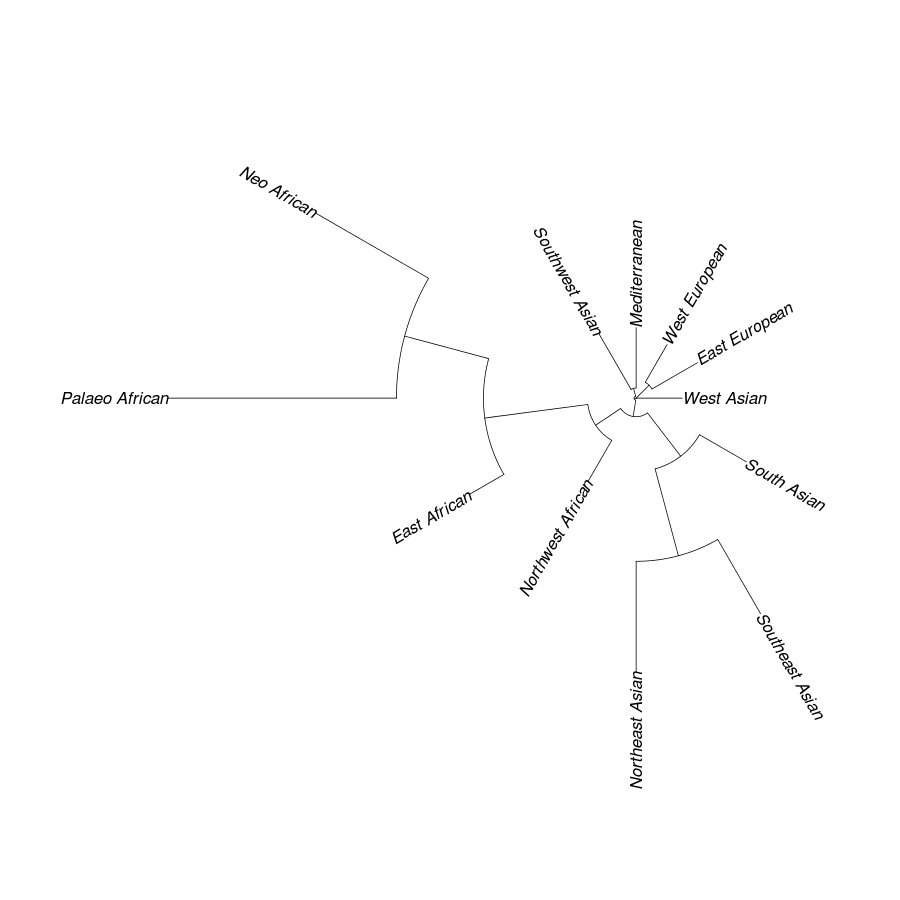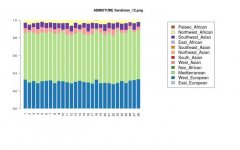iapetoc
Junior Member
It's a well-known fact that the Semitic languages originated in some subclades of haplogroup j1.
I believe that the very first Semites were J1 & E1 people.
both semitic and Hattians languages meet in Akkadian
the one that moved south is semitic branch
the one stayed is Hattian
and the one moved west is Pelasgian
in fact Hattian could be language of J2a and G2a
while semitic could be a language of semitic j1 (compare with no semitic J1 in caucasus)



